According to the Census Bureau, 840,000 new single-family homes were built in the United States in 2021. Most of these homes were built with a forced-air furnace and air conditioning, and were fuelled by gas. However, HVAC characteristics vary significantly by region. Listed below are some of the most common HVAC features in family homes. If your looking for advice contact HVAC Charlotte | Horne.
Centralized HVAC systems
If you are the owner of a family home, you can take advantage of a centralized HVAC system. This type of system is much more cost-efficient and works from a single point in the building, which can save you money in the long run. It’s best to use a professional when it comes to HVAC maintenance.
Centralized HVAC systems use pipes to distribute the heat and cool air throughout the building. These pipes are fed by a central source and then distributed to individual units. These systems can handle both heating and cooling at the same time. Some centralized HVAC systems even work in conjunction with a geothermal system, which can help you reduce your energy bills. While these systems can be expensive to install, the savings will pay off in the long run.
Decentralized HVAC systems
Decentralized HVAC systems for family homes allow for individual temperature control in each unit. Compared to centralized systems, these are easier to maintain and cost less to operate. However, there are a few drawbacks to decentralized HVAC systems for family homes. One disadvantage is that these systems may cause tenants to complain about the temperature control.
First, centralized systems require a complex duct system to distribute the air, which increases energy use. Decentralized systems have a very low transport cost because they move energy through water or refrigerant. In addition, these systems do not require a large hole in the wall to install them.
Geothermal HVAC systems
Geothermal HVAC systems for family homes can help you save money on heating and cooling costs. The system uses water in underground pipes to collect heat from the air in your home. The heat is then transferred to a geothermal heating and cooling unit or refrigerant coils in the house. During the cooling season, the geothermal liquid moves the heat from the house back to the earth. Some geothermal units can also provide domestic hot water.
Geothermal HVAC systems are expensive to purchase and install, but the payback period is relatively short. According to a study by the Air Force Institute of Technology, an indoor geothermal system will pay for itself in as little as seven or eight years. The break-even point will depend on the size of your house, the efficiency of the model, and whether you take advantage of tax credits in your state. A good installer can help you calculate the payback period for your system.
Zoned HVAC systems
Installing a zoned HVAC system is an excellent way to control temperature in different parts of the home. This will reduce the overall energy cost of the home and help you to control utility bills. It is also a smart option for those who have children, as it will make the house feel more comfortable for everyone.
One of the benefits of zoned HVAC systems for family homes is that you can customize the temperature for each room in the home. For example, you can keep the kitchen and dining room at a comfortable temperature while the back bedrooms are kept warmer or cooler.
Mini-split systems
A mini-split system is a great way to cool and heat one or more areas of your home. They are versatile and can be placed in any room of your house. Some models can even be used to heat or cool a basement. This is a great way to save money on energy bills.
Many mini-split systems are wall mounted, suspended from the ceiling, or even resemble creative wall ensembles and contemporary sculptures. This means they can provide a decorative decor effect and update the interior decor of your home. These types of systems also come with a remote control, so you can control the temperature of any room.
Mini-split systems are also much more energy-efficient than their central counterparts. This is because mini-splits eliminate ductwork, which can account for up to 30% of the energy used by a central air conditioning system. In addition, the inverter compressor on a mini-split system uses only the amount of power needed to maintain the desired temperature. Because it uses less power to run, the system can run continuously for longer periods of time without running.


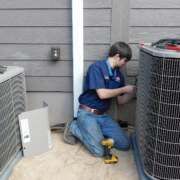
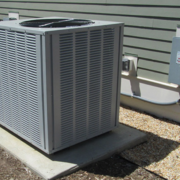
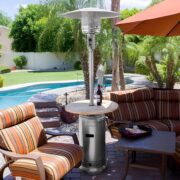
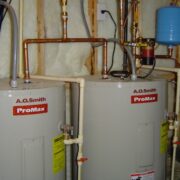
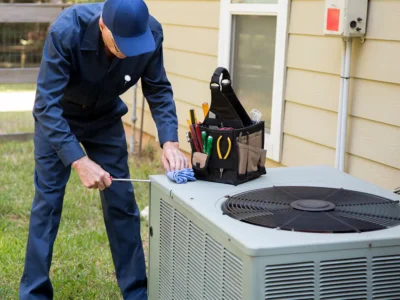
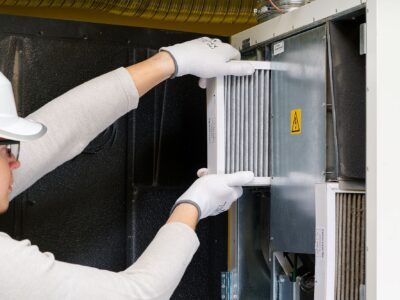
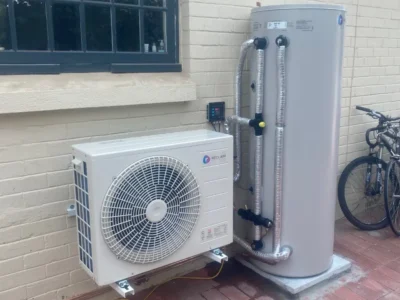
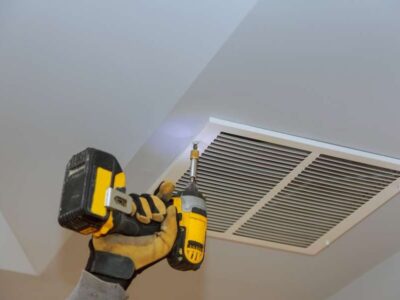




Comments